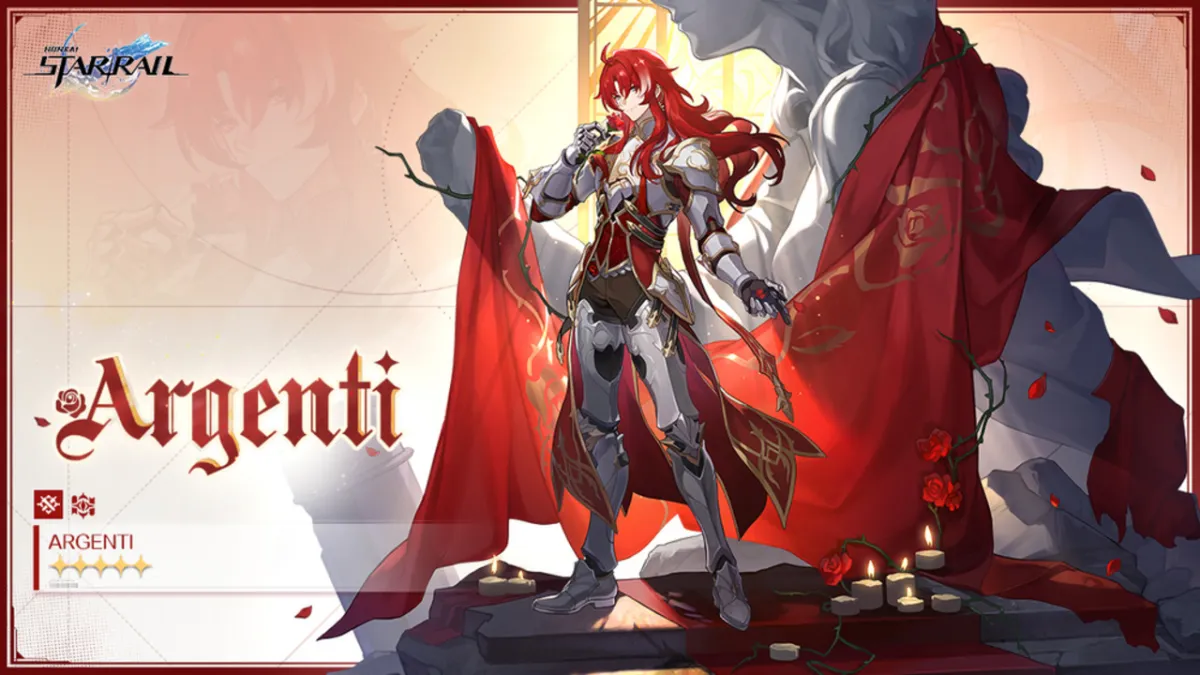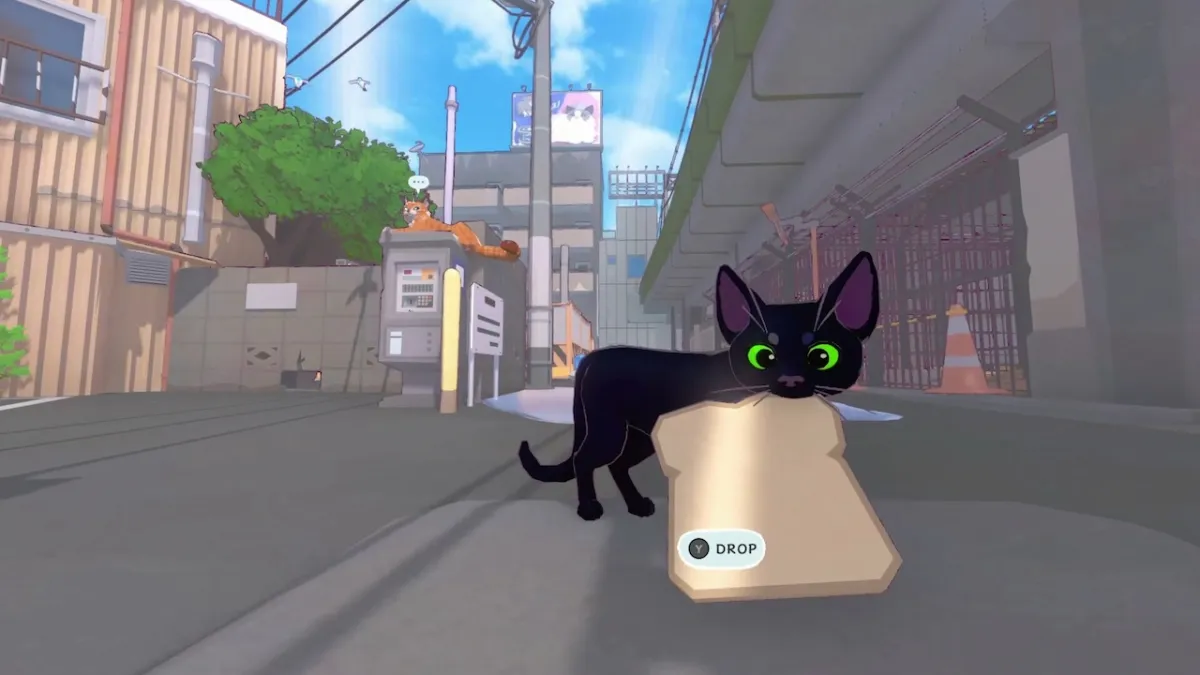Overwatch is one of the best first-person shooters ever made.
Developer: Blizzard Entertainment
Publisher: Blizzard Entertainment
Platform: PC (via Battle.net) [Reviewed], Xbox One, PlayStation 4
Release Date: May 24, 2016
Price: $59.99USD (Origins Edition)
Disclaimer: A copy of this game was purchased and used in this review.
I’m going to leave that sentence lingering there, all by itself, at the top. If you’re only reading this review to find out whether Overwatch is any good, then that’s really all you need to know. In a sense, the rest of this review (for which we received no compensation from Blizzard) is an attempt to justify that statement. That’s not to say that Overwatch is perfect. It’s not. But what’s there is already the most compelling first-person shooter experience I’ve played in years.
Because Overwatch had a very long beta process, including an Open Beta earlier in the month, many of you have already had the chance to play the game and learn what it’s about. For those of you haven’t, Overwatch is a class-based, 6-on-6 first-person shooter. It’s multiplayer only, and unlike many other shooters, the multiplayer maps are objective-focused. There is no team deathmatch here. Instead, the game typically tasks one team with capturing a control point or moving a payload forward, while the other team attempts to prevent them from doing so.
Players can choose one of twenty-one currently available heroes, each with their own skills, weapons, and personalities. Heroes are divided into four main roles: the offensive heroes, the defensive heroes, the tank heroes, and the support heroes. These classifications are generally indicative of what they do, although each hero brings a unique style to their role. Offensive heroes deal high damage, defensive heroes set-up ambushes and hold ground, tanks protect the team around them, and supports keep players healed and provide other buffs. Players can also switch their heroes at their spawn point at any time in order to try to counter the enemy team’s composition.
If this sounds a lot like Team Fortress 2 to you, you wouldn’t be far off. Overwatch clearly draws a great deal of inspiration from Team Fortress 2, while going beyond it with a larger roster, gorgeous maps, and fantastic character design. The world of Overwatch, while similarly cartoony, is also more fantastic, with cyborg-like “omnics,” floating cars, and lots of energy-based weapons.
But what stands out about Overwatch is the brilliant design of each of the twenty-one heroes and the way that each of them brings a unique gameplay experience that feels meaningfully different from the others, while still seeming to flow with the rest of the game.
Every hero feels powerful within their area of expertise, and the movement options that are part of the kits of many heroes bring a fantastic fluidity to gameplay. From Pharah’s ability to temporarily fly, to Junkrat’s ability to use his remote mine to launch himself skyward, to Reaper’s teleport, to Tracer’s blink and rewind skills, the movement abilities bring a great deal of strategic maneuvering to matches. They can also often be used in ways that aren’t only immediately obvious. For example, the sniper Widowmaker has a grappling hook that she can use to reach high ledges. However, good players will often use it to launch straight past the targeted ledge and into the air, and then land headshots while flying in an arc.
Unlike more realistic shooters, the weapons used by the heroes also closely tie to their role. Only the assault-rifle-toting Soldier 76 plays anything like a standard Call of Duty soldier. For example, Genji, an omnic ninja, throws ninja stars and can dash forward with a sword slash. Lucio the DJ fires sound waves and can also give shields to his teammates by dropping the beat. Reaper uses shotguns that are only effective at close ranges, while Hanzo can pick off enemies at a distance using arching arrow shots. Because of the diversity not only in secondary skills, but also in the primary weapons used, each hero plays a very different style and must be learned individually. This alone gives a great deal of depth to the game.
But it’s not just the abilities that make the characters feel unique and real. The art direction on each of them is fantastic, and it’s clear that Blizzard put a great deal of effort into ensuring that each character felt alive, with his or her own personality and style. These are brought out in subtle ways, from their many voice-lines, their costumes and skins, the sprays they can place on walls, their animated emotes, and even their victory poses. Interpersonal relationships are also hinted at, as characters will often exchange a line or two of dialogue at the start of a match, like DJ Lucio asking for pro-gamer D.Va’s autograph, and D.Va complimenting Lucio’s latest album in return.
Matches themselves play out across twelve current maps, with one team typically on the attack and the other on the defence. A few of these maps buck this trend with king-of-the-hill style objectives in which both teams try to capture a single control point and hold it for a certain amount of time. The maps are all beautifully rendered, from the Japanese temple of Hanamura filled with cherry blossoms to the shiny, high-tech streets of Numbani amidst the African Savannah. The attention to detail is also impressive. Hilarious movie-posters adorn the walls in Hollywood, while giant robots stand on city streets in the background of snowy Volskaya Industries.
Unfortunately, the artistic direction of the maps conceals the biggest current flaw in Overwatch, which is the generally uninspired map and objective design. As it stands, there are really only three different types of objectives, and maps largely consist of a succession of combat areas the attacking team must move through one after the other. While the maps are often quite large, much of the space goes unused as combat occurs in only a small part of the total area. Choke points are frequent, and many areas have only one or two ways to access them.
Maps can also feel overly artificial, in that every sniper perch and firing alley seems carefully placed. There’s little of the sense of map exploration or the reward of finding that special spot that made many of the Battlefield and Call of Duty maps so enjoyable. Because of this, the maps can begin to feel stale, even if the combat doesn’t. Hopefully, Blizzard will keep the content updates relatively frequent with respect to maps and objectives.
However, the heroes themselves keep the game constantly fresh. And for the most part, the long beta period has ensured that the heroes are relatively well balanced. While some heroes, such as the transforming turret Bastion, can feel unfair to newer players, by and large no heroes feel too cheap or under-powered. Balancing will certainly be an ongoing process, but it’s likely to need only minor tweaks going forward. The game is also readily accessible to all skill levels, and the high skill cap led to the creation of a professional competitive scene before the game even launched.
The reward systems also generally do a good job of promoting team work and providing feedback about your play. You can see a number of statistics about your play during the game by pressing tab, and many of these statistics are unique to each to hero. Additionally, at the end of the game, gold, silver and bronze medals are awarded to players who were the top three in a number of categories on each team, such as damage done or time spent on the objectives.
The game will also choose up to four players who did especially well in certain metrics to be voted on by everyone for player of the game. Additionally, after each match, the game automatically chooses a particularly impactful play to be play of the game, which is then shown to everyone. Unfortunately, this last system is far from perfect, and can often display particularly uninspired actions, like a Torbjorn simply repairing his AI-controlled turret while it racks up a number of kills.
Matchmaking has improved since the beta, likely due to the increased overall number of players. It generally does a good job of matching players of similar skill, and of ensuring that pre-made teams play against other pre-made teams. Unfortunately, the competitive ladder isn’t yet implemented (though it will be coming in June), and only a quick-play option currently exists for those looking to compete.
Overwatch doesn’t currently have many additional modes either. There’s a “Brawl” mode, similar to Hearthstone‘s Tavern Brawl, that changes weekly and features special rules or character limitations, and is intended for purely casual fun. There is also a training mode and a versus-AI mode to learn the game, as well as a tutorial. Of course, there is no single-player mode, which is a shame given the amount of work Blizzard has put into creating the world and the personalities and backstories of Overwatch’s characters.
For those who like bells and whistles, there is a progression system and the ability to outfit your heroes with a number of cosmetic options.
Experience points can be earned by playing games, winning games, and earning reward medals for team contribution. These experience points are used to level up your profile, which earns you a loot box at each level. The loot box, in turn, contains four random items, which might be new skins, profile icons, voice lines, character sprays, win poses, animated emotes, or special character intros to the play of the game video, should it feature you. These items are classified based on rarity, with common, rare, epic and legendary items. You might also get some in-game currency from a loot box, which can be used to purchase any of the items for your characters.
Loot boxes can also be bought with real money, but they’re obtained quickly enough by playing the game that it’s unlikely you will want to. Nothing in a loot box (or anywhere else) provides any gameplay benefit either, so it’s only worthwhile if you just can’t wait to get that devil skin for Mercy.
The Bottom Line
Overall, Overwatch isn’t a perfect game, but it’s getting close. With a bit more content in the form of new maps, objectives and modes, some balance tweaks, as well as the forthcoming competitive ladder, Overwatch just might be. For now, though, the game is merely the best competitive first-person shooter in years, and easily the best of its kind. I expect it will keep me coming back for years.
Editor’s Note: Matthew Marinett played the closed beta of Overwatch starting in February, sinking more than seventy hours into the game. Prior to this review, he also played the release version of Overwatch for more than a dozen hours.








